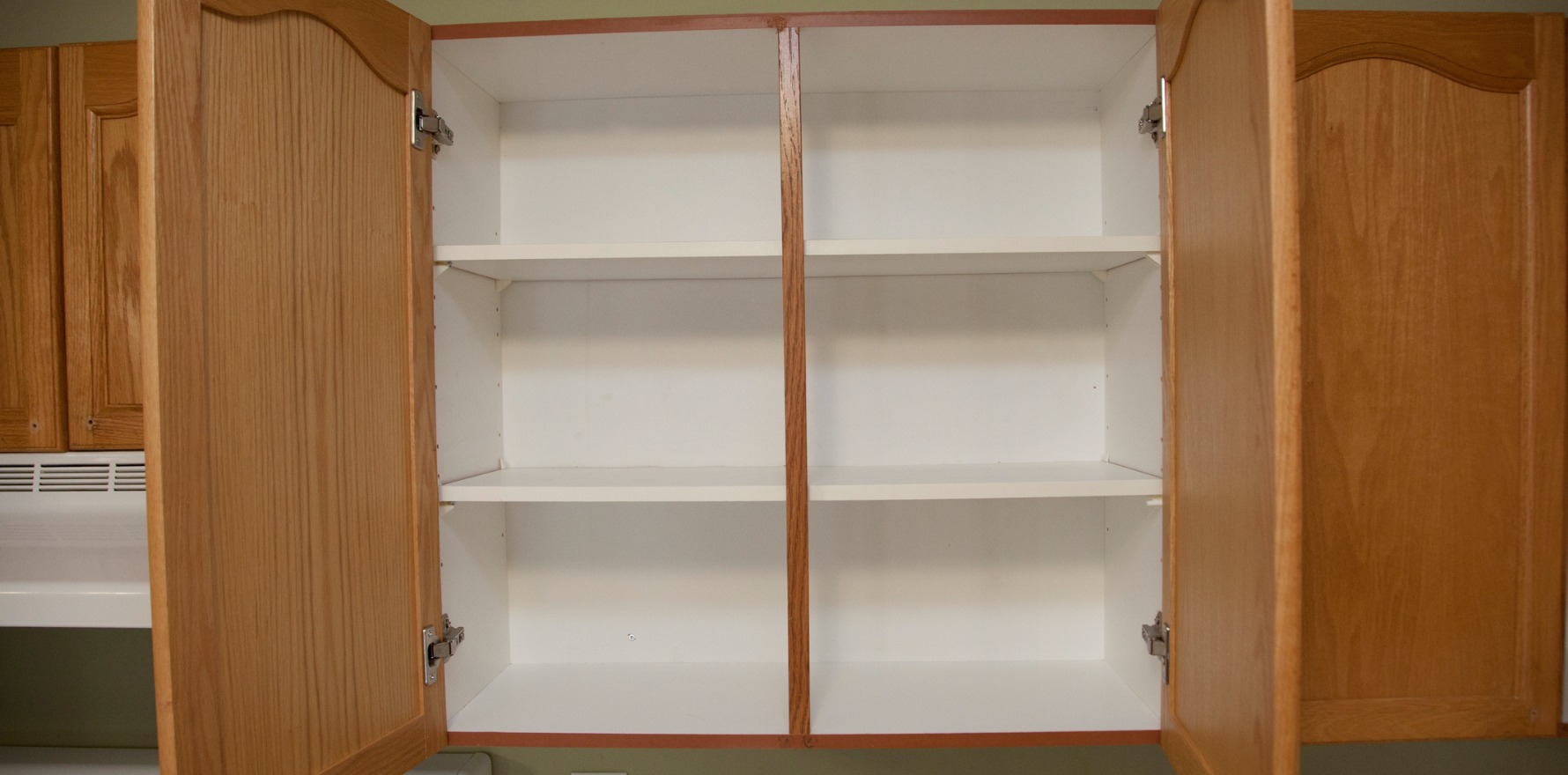Therapy should remain only in clinical trials for the time being, according to an Australian expert.
Spinal cord stimulation for low back pain is risky, and the scant data on the procedure “does not support its use” in clinical settings, according to new research.
Spinal cord stimulation is one surgical approach used in the treatment of low back pain, but how it works – and whether it provides long-term pain relief – is largely uncertain.
Recent Australian-led research, published in the Cochrane Database of Systematic Reviews, sheds light on the matter – and it’s not positive.
The review, which included 699 participants with chronic back pain (ranging in duration from five to 12 years) across 13 randomised controlled trials, found moderate-certainty evidence that, spinal cord stimulation did not improve back or leg pain, quality of life or function after six months.
“Data in this review do not support the use of spinal cord stimulation to manage low back pain outside a clinical trial. Current evidence suggests spinal cord stimulation does not have sustained clinical benefits that would outweigh the costs and risks of this surgical intervention,” researchers led by Dr Adrian Traeger (PhD), senior research fellow at the Institute for Musculoskeletal Health at the University of Sydney, concluded.
Researchers initially aimed to assess the long-term (12 months and beyond) benefits and harms of spinal cord stimulation. However, none of the included studies evaluated the impact of stimulators on pain intensity at that timepoint. Most assessed outcomes less than a month after surgery, and only one cross-over trial (with 50 participants) followed patients for six months.
On average, participants who received spinal cord stimulation in the single six-month trial rated their back pain as 65 out of 100 (higher scores indicate more pain), just four points lower than participants who received the placebo, who rated their pain as 61 out of 100. A similar lack of difference was found for disability and health-related quality of life.
Speaking to TMR ahead of the Sydney Spinal Symposium in Sydney last week, Dr Traeger said this finding was “very concerning”.
“We’re talking about a surgical treatment, and people don’t undergo a surgical treatment that has substantial risks for short-term benefits. Patients who are considering spinal cord stimulation should be made aware of the likely benefits and harms of the procedure.”
The risks Dr Traeger refers to include possible increased pain, infection, weakness in the legs, incontinence and tears and punctures of the sheath covering the spinal cord.
Dr Traeger felt the spinal cord stimulation field of research had inappropriately jumped ahead of itself to comparing different types of stimulation rather than proving it works better than a placebo, thereby falling into the category of “tooth fairy research”.
Ten of the 13 studies had ties with companies that manufacture spinal cord stimulation systems. Dr Traeger acknowledged the costs associated with this type of research, but felt companies involved in this multi-million-dollar industry could be doing more to help.
“It’s incumbent on the companies that manufacture these devices to fund independent research so they can prove the devices work [compared to] placebo. They need to pay independent research teams to do investigator-initiated trials,” he told TMR.
The TGA has launched a post-market review of spinal cord stimulation devices in response to “concerns that have been raised regarding [their] long-term safety and performance”. Medicare has also assembled a task force to review spinal cord stimulators after private health insurers called for the scheme to stop funding the procedure.




